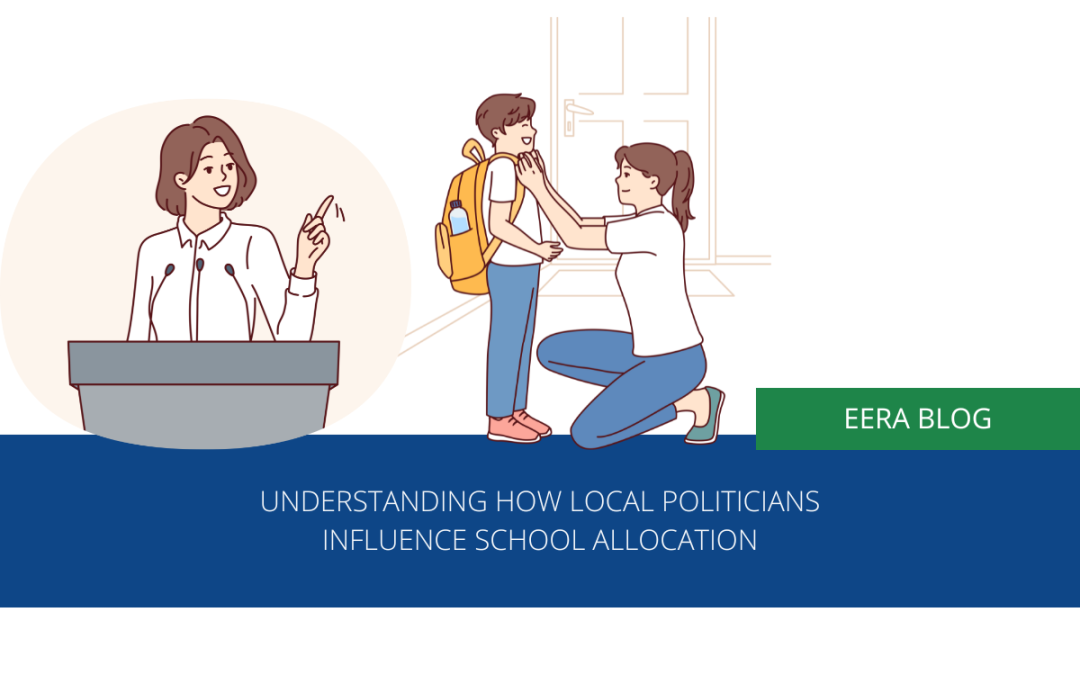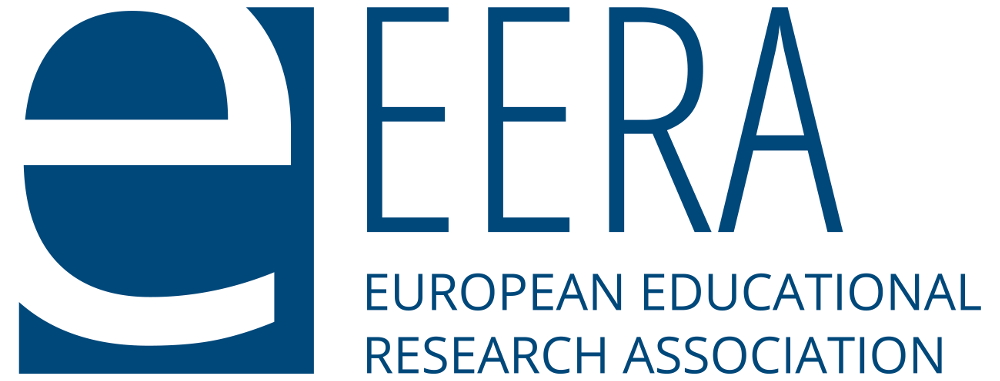
Behind closed doors – Understanding how local politicians influence school allocation
Every year, parents across Europe and beyond face the pivotal choice of which school is the most suitable for their children. But do they truly have as much choice as they believe? Through his exploration into the allocation of primary school places in the case of Berlin’s inner-city district, Dabisch’s (2022) European Education Research Journal article sheds light on the significant role of local politicians in shaping and executing national education policies. As the universal pursuit of educational equality remains a distant goal, these findings prompt a deeper reflection on the current complexities of educational governance and the nuanced influence of the ‘local’ in achieving educational equality on a European and global scale.
The debate surrounding school allocation
In discussions about school allocation, the concept of ‘choice’ stands as a central and contentious issue. While parental influence has been a focal point in recent media coverage (see this article by Forbes), it is essential to recognise the role of local political actors, who play a crucial part in establishing catchment areas, challenging institutional reputations, and ensuring equal educational opportunities.
Berlin’s historical legacy as a city divided into districts, each presenting unique challenges and characteristics, enriches this discussion. Since 1949, parents have had the option to choose a school outside their catchment area, a reform that has arguably heightened social segregation and competition. Navigating this complex allocation system falls on the shoulders of district elected department heads, highlighting the critical role they play in shaping educational access and outcomes.
Research findings
Dabisch’s (2022) study, based on interviews with three department heads, reveals significant differences in the implementation of federal regulations regarding primary school place allocation across Berlin’s district.
Despite a shared acknowledgement of the importance of providing sufficient primary school places within walking distance for children and improving the reputation of undersubscribed schools, contextual factors such as population size, available school places, and historical catchment areas profoundly influence decision-making (p.823). For instance, the challenges posed by high student populations in districts A and B constrained the department heads’ ability to achieve their objectives, prompting them to perceive their influence on allocation as limited (p.826).
Far from conforming to rational decision-making, department heads’ decisions and policy interpretations were heavily influenced by their political beliefs. Social-democratic heads, for example, prioritised social diversity, while the conservative head’s commitment was conditional on alignment with parental interests, reflecting broader political values and priorities (p.826).
Interestingly, the fragmented responses observed among Berlin’s district heads were linked to the absence of a unified emphasis on catchment areas within the city’s teacher unions (p.827). This lack of cohesive guidance impedes efforts to address competition and limit choice dynamics amongst parents, highlighting the need for greater coordination within local communities.
Implications beyond Berlin’s borders
What does this reveal about the direction of education policy in Europe? The last decade has witnessed a gradual shift towards ‘decentralization’, which refers to the process of granting more power to local educational authorities. Whilst this system may promote democratic choice and innovation in education, Dabisch’s (2022) findings highlight that it can also result in fragmented schooling and exacerbated disparities amongst schools, ultimately perpetuating social inequalities.
Where you go to school, and consequently school allocation processes, matter (see in this Sutton Trust Report). As decentralisation continues, mitigating these distinctions amongst schools and achieving the global aim of ensuring “inclusive and equitable quality education…for all” by 2030 (United Nations, 2018) depends more than ever on local actors to implement national policy effectively. This is especially crucial considering that it is the quality of enactment, rather than the policy itself, that is pivotal for educational improvement (Nordholm et al,2022:1).
Ultimately, these findings demonstrate the importance of finding a balance between central and local responsibilities in European educational governance when such local disparities persist. Achieving this balance is crucial for effective policy enactment, adapting to local contexts, and, most importantly, ensuring equal access to education. This should prompt education systems across Europe to ask: What is the best approach to achieve this balance?
As the UK Prime Minister, Sir Keir Starmer advocates for breaking the “class ceiling” through further decentralisation (The Labour Party, 2022:5), Berlin’s educational governance offers a glimpse into the potential future of school communities across Europe if this question isn’t comprehensively answered.
Key Messages
- Local politicians significantly influence the implementation of national educational policies, affecting school catchment areas and educational success
- Berlin’s historical district-based structure and school choice policies have led to increased social segregation and competition
- Differences in policy implementation among district heads are shaped by contextual factors and political beliefs, causing inconsistent educational outcomes
- Decentralisation in education can lead to fragmented systems and increased inequalities, highlighting the need for balanced central and local governance

Daisy MacRae
Other blog posts on similar topics:
- Burgess, S., Greaves, E., &Vignoles, A. (2020). School places: A fair choice. Educational Review.
- Crawford, M., Maxwell, B., Coldron, J., & Simkins, T. (2020). Local authorities as actors in the emerging “school-led” system in England. Educational Review, 1–17.
- Dabisch, V. (2022). Which child to which school? How local politicians shape catchment areas, school choice and diversity. European Educational Research Journal, 22(6), 814–833.
- Dzhurylo, A. (2019). Decentralization in education systems: European policies and practices. Education: Modern Discourses, 1, 29–37.
- Morrison, N. (2024) Are Lotteries The Fairest Way To Allocate School Places? Forbes. https://www.forbes.com/sites/nickmorrison/2024/01/10/are-lotteries-the-fairest-way-to-allocate-school-places/
- Nordholm, D., Wermke, W., & Jarl, M. (2022). In the eye of the storm? Mapping out a story of principals’ decision-making in an era of decentralisation and re-centralisation. Journal of Educational Administration and History, 1–21.
- The Labour Party: Policy Positions on Key Education Issues. (2022). https://plmr.co.uk/wp-content/uploads/2022/12/Labour-Party-Policy-Positions_Education_Dec2022web.pdf
- United Nations. (2018). What is the goal here? Why does education matter? https://www.un.org/sustainabledevelopment/wp-content/uploads/2018/09/Goal-4.pdf
